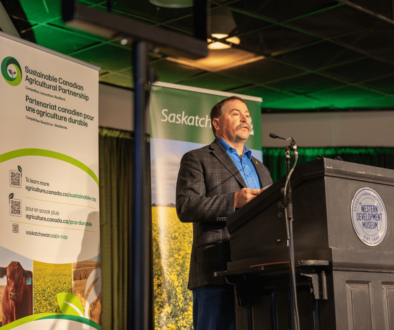Straw Management in Western Canada Wheat and Barley Cropping Systems
By: Alberta Wheat Commission (Jeremy Boychyn), Alberta Barley Commission, Manitoba Crop Alliance (Ashley Ammeter), Saskatchewan Wheat Development Commission (Carmen Prang)
Reviewed by: Jeff Schoenau, Professor, University of Saskatchewan
Management of straw and residue plays a significant role in western Canadian cropping systems. How farmers manage straw and residue can impact long-term soil health, soil nutrient levels, moisture retention, soil erosion, seeding management, as well as next year’s crop establishment.
Each farm operation is unique in its crop rotation, equipment, growing environment (precipitation and season length), soil type, as well as short and long-term goals. Access to livestock can also increase the complexity of decision-making. Additionally, accessibility to markets for straw can impact straw management decisions.
Each farm must weigh the pros and cons of straw management options as it relates to their cropping system and long-term goals. Once all relevant factors are assessed, the best management practices for that farm can be implemented.





